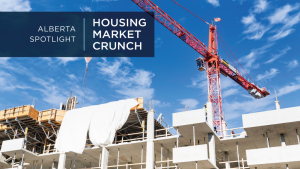TORONTO — The first half of 2023 should be strong for the Greater Toronto Area (GTA) construction economy, but slower growth is foreseen for the second half according to a new report from property and construction consultancy firm Rider Levett Bucknall (RLB).
RLB’s Quarterly Cost Report offers a wrap-up of construction activity in 14 key North American markets for the fourth quarter of 2022 and forecasts for this year.
In Ontario, investments in building construction increased gradually across all industrial, commercial, and institutional (ICI) sectors in 2022. The total ICI investment increased from Q2 2022 to Q3 2022 by 7.7 per cent. The total amount invested by ICI by Q3 last year was up 7.1 per cent.
As investment in building construction is an indicator of current construction, the Toronto trends signal that ICI construction activity is continuing to steadily increase.
In Calgary, the total value of construction for Q3 2022 was $1.43 billion, up 38 per cent from the prior quarter, with 5,101 building permits issued.
It is anticipated Calgary’s 2022 housing and business fixed investment level, which is currently at a record high, will contribute nearly half of GDP growth in 2023.
Calgary building permits are expected to total $6.2 billion. It is the second highest level on record, only surpassed by the high in 2014, when a few large downtown office towers were being built.
Across the continent, the construction industry continues to face a variety of challenges. Labour remains in relatively short supply. Supply chain issues, while easing, remain. Costs continue to escalate, albeit at a slowing pace.
The U.S. Federal Reserve’s efforts to crush pandemic-era inflation have started to work, resulting in a downturn for the U.S. housing industry and depressing starts in non-residential construction.
“I recommend that developers, designers, and contractors remain agile and on constant alert for any signals that the trajectory of the industry might change,” said Julian Anderson, president of RLB North America, in a statement.











Recent Comments
comments for this post are closed